Major Elements in Biological Molecules: Nucleic acids
By: HWC
Date Uploaded: 05/06/2020
Tags: homeworkclinic.com Homework Clinic HWC Nucleic acids polymers of nucleotides DNA and RNA hydrogen bonding cytosine guanine adenine thymine pentose sugar nitrogen-containing base pyrimidine uracil purine
DNA and RNA are nucleic acids (polymers of nucleotides). Two polymers with complementary nucleotide sequences can pair with each other. This pairing endows nucleic acids with the ability to store, transmit, and retrieve genetic information. Two strands of DNA pair by hydrogen bonding. A component of one nucleotide, called a base, forms a hydrogen bond with a complementary base on the opposite strand. The base cytosine (C) pairs with guanine (G), and adenine (A) pairs with thymine (T). The monomer of the nucleic acid—the nucleotide—is composed of three parts. The central component is a pentose sugar. A nitrogen-containing base is covalently linked to the 1' carbon on the sugar. This base can either be a purine with two fused rings (as in adenine and guanine) or a pyrimidine with a single ring (as in cytosine and thymine). In RNA, the thymine base is replaced by uracil. A phosphate group is covalently attached to the 5' carbon of the sugar molecule. The phosphate group, the base, and the sugar make up a complete nucleotide. Note that the orientation of the sugar provides DNA with a 5' to 3' directionality. Base pairing only occurs between a pyrimidine and a purine. More specifically, a guanine only pairs with a cytosine (forming three hydrogen bonds, indicated by the green circle), and an adenine only pairs with a thymine (forming two hydrogen bonds, indicated by the red circle).
Add To
You must login to add videos to your playlists.
Advertisement



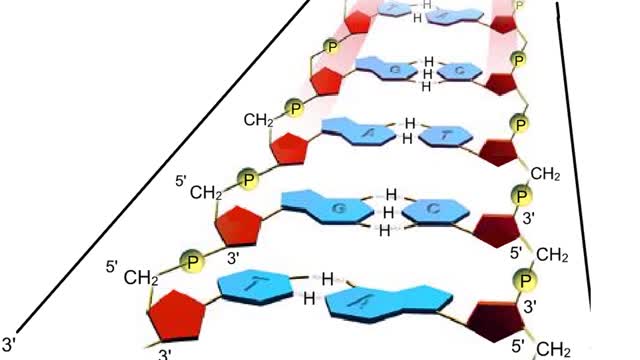
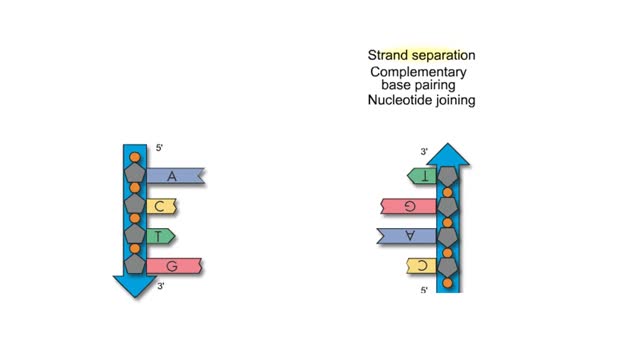

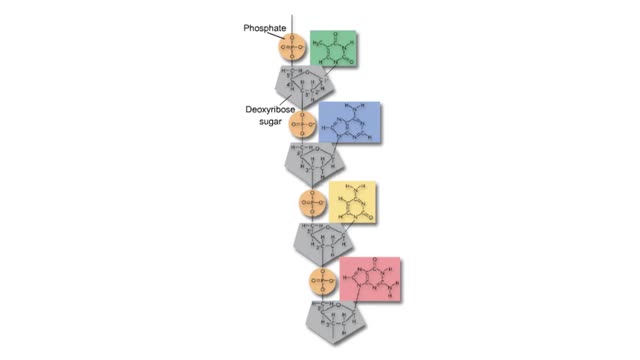



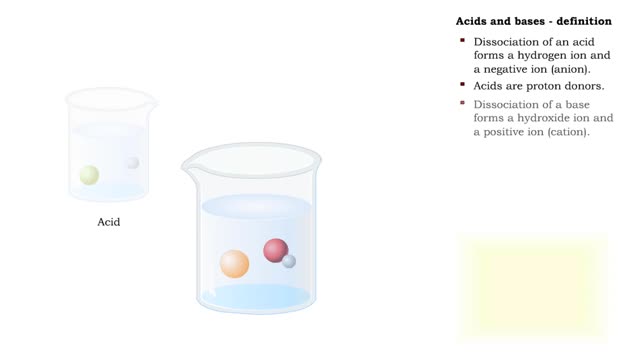
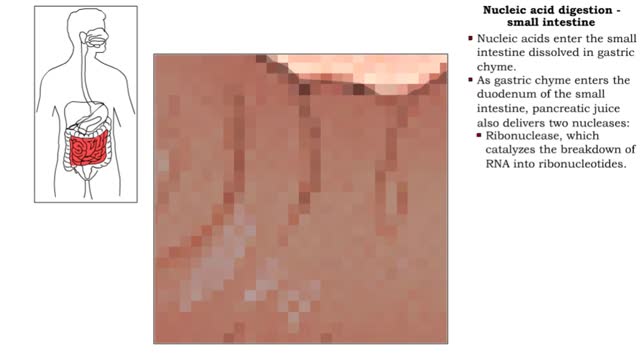
Comments
0 Comments total
Sign In to post comments.
No comments have been posted for this video yet.